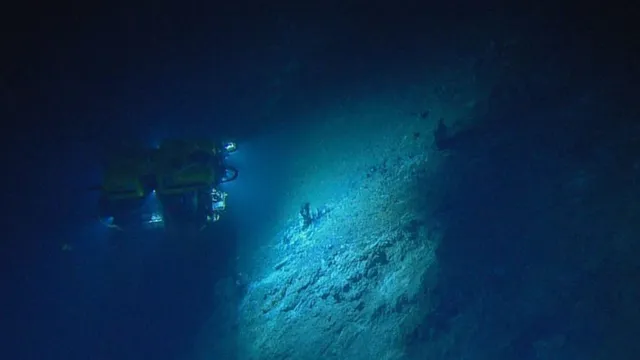- By Shivangi Sharma
- Mon, 21 Apr 2025 07:31 PM (IST)
- Source:JND
In a groundbreaking discovery, scientists using NASA’s James Webb Space Telescope (JWST) have detected what they call the “most promising” signs of alien life on a distant exoplanet. The planet, known as K2-18b, lies 124 light-years from Earth in the constellation Leo and has sparked intense interest after the detection of potential biosignatures in its atmosphere.
According to a study published in The Astrophysical Journal Letters on April 17, K2-18b orbits its star within the habitable zone—the region around a star where conditions may allow liquid water to exist. This makes it a prime candidate in the search for extraterrestrial life.
A Hycean World With Oceanic Potential
K2-18b is believed to be a Hycean world—a new class of exoplanets theorized to have vast oceans beneath hydrogen-rich atmospheres. These types of planets may provide ideal conditions for life to emerge. Using JWST’s highly sensitive infrared instruments, scientists have identified methane and carbon dioxide in the planet’s atmosphere—gases that suggest the possible existence of a subsurface water ocean.
In an extraordinary development, researchers also detected dimethyl sulfide (DMS) and dimethyl disulfide (DMDS)—complex organic molecules that, on Earth, are exclusively produced by biological processes, primarily from phytoplankton and marine life. Their presence in K2-18b’s atmosphere could be a potential biosignature, hinting at the possibility of alien organisms.
How The Discovery Was Made
The team observed how starlight filtered through the planet’s atmosphere as it passed in front of its host star. This process, known as transit spectroscopy, allows astronomers to determine the chemical composition of the planet’s atmosphere based on how various gases absorb light at different wavelengths.
“These chemical fingerprints are exactly what we’ve been hoping to find,” said one of the lead researchers. “While we can’t say with absolute certainty that life exists there, K2-18b is now one of the most compelling candidates for a habitable world beyond our solar system.”
What Comes Next?
Although more data and confirmation are needed, the findings have fueled excitement in the scientific community. Future observations with JWST and other space telescopes will focus on refining measurements and searching for other life-related molecules.
If K2-18b is indeed a Hycean world with alien oceans, scientists believe that life, if it exists, may be clustered near the surface of the planet’s oceans, using starlight for energy—much like life on Earth.
ALSO READ: Pope Francis Dies At 88: What Happens After His Death? How Will the Next Pope Be Chosen?

